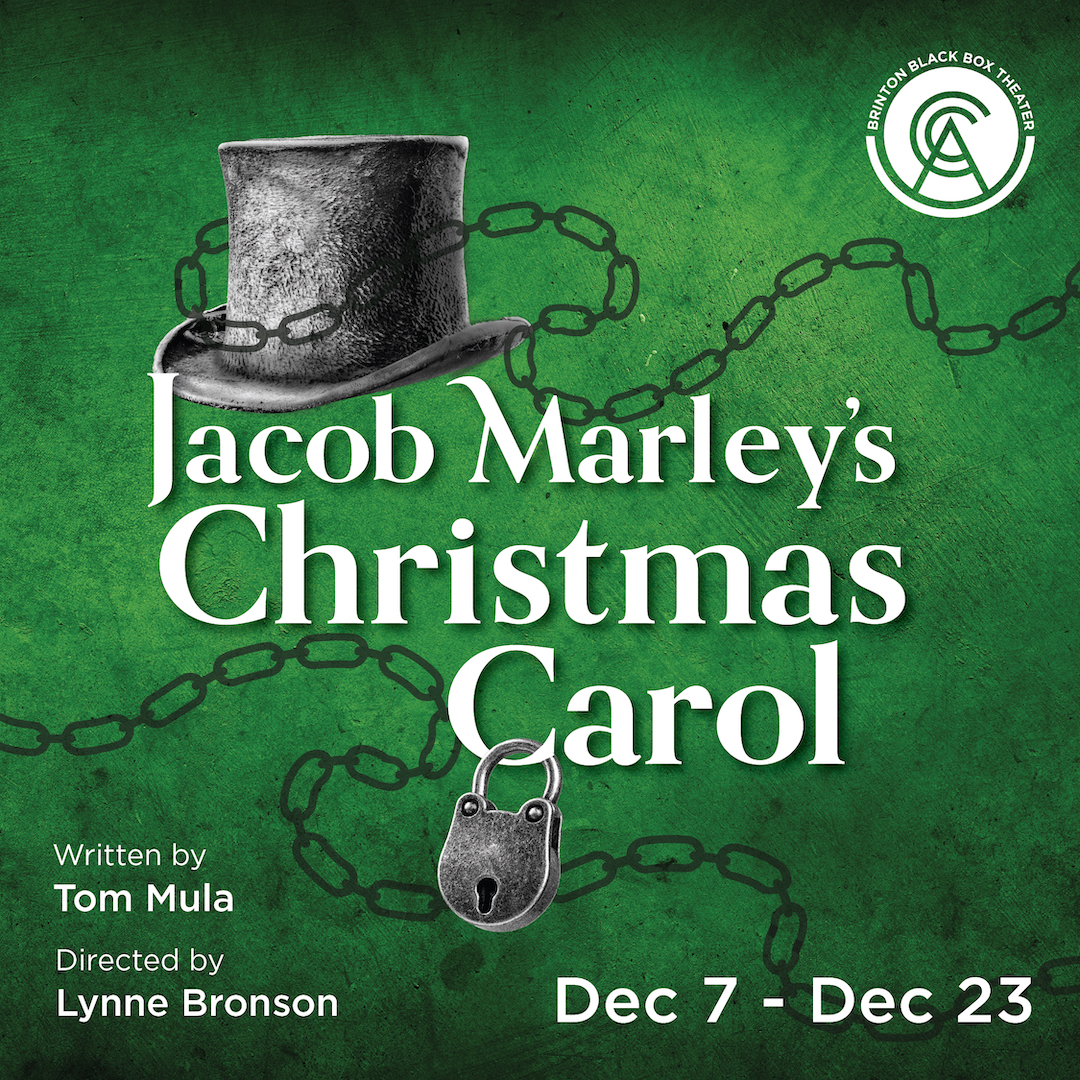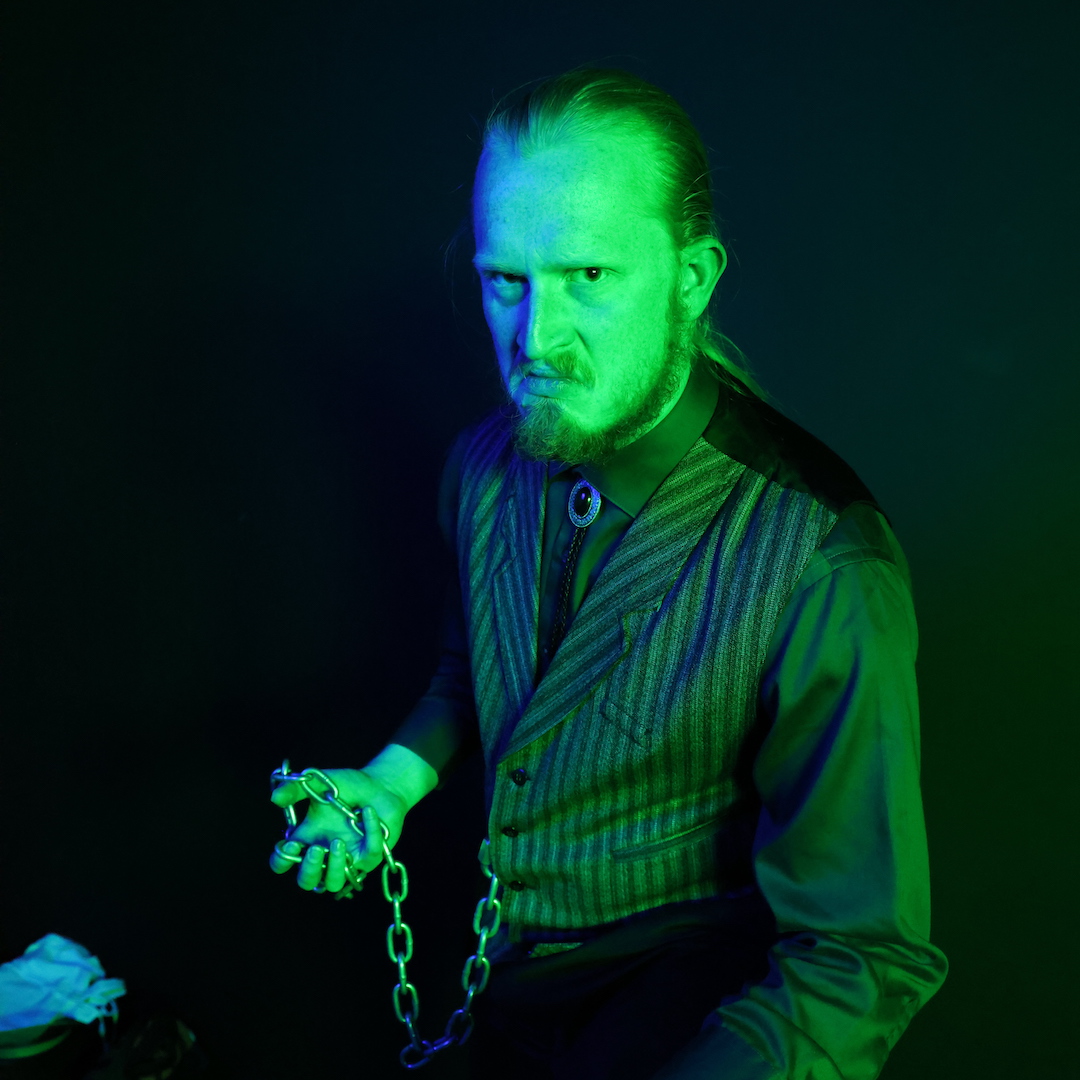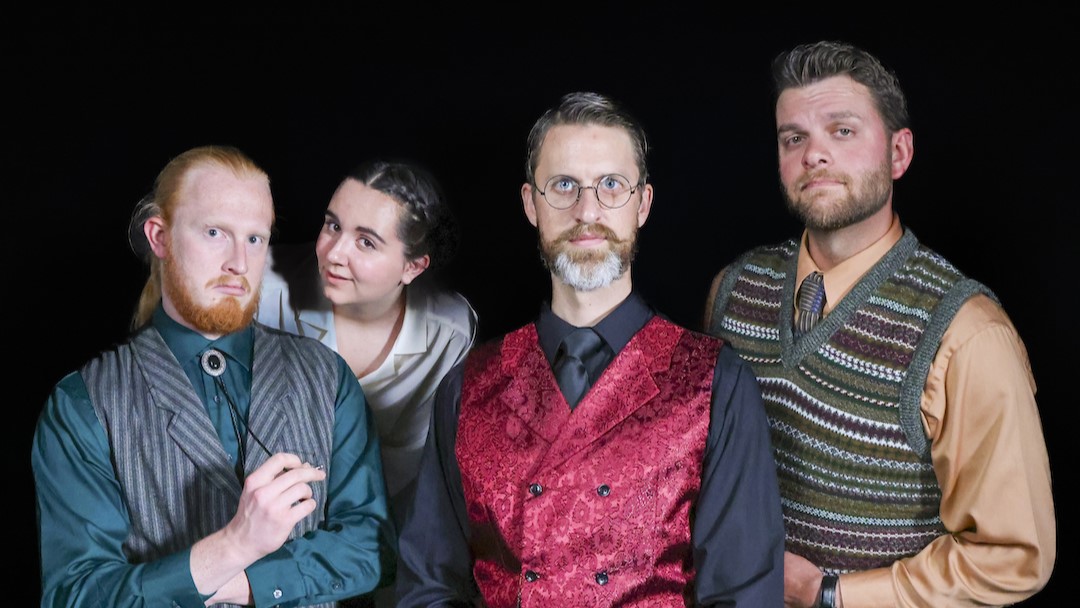PROVO — With the smash of Wicked on Broadway for 20 years, playwrights and storytellers have been looking for new ways to approach classic stories. This can be an exciting and intriguing way to gain new insight into favorite tales that have become stale from (too) frequent repetition. This is why I was looking forward to Jacob Marley’s Christmas Carol at the Covey Center for the Arts, which promised a new look at the classic holiday tale of A Christmas Carol. Despite the great deal of talent on display, I left feeling underwhelmed and that it was a big missed opportunity.

Perhaps part of my problem was my expectations going into the production. In the novel, there is this exchange between Jacob Marley and Scrooge:
“I am here to-night to warn you, that you have yet a chance and hope of escaping my fate. A chance and hope of my procuring.
“You were always a good friend to me,’ said Scrooge. `Thank ‘ee!'”
It was my hope going into a story told from Jacob’s perspective that I might get more insight into this friendship and what Jacob did to “procure” this opportunity for his friend. That perhaps the story could expand upon Scrooge’s line about their friendship. After all, Dickens also tells his readers that Scrooge did not spend a day grieving over Jacob. So, there are mixed messages in the text that a clever storyteller could have elaborated on.

Unfortunately, playwright Tom Mula does not elaborate on any of these themes in his play. Instead, he has Jacob go along with Scrooge on his three hauntings. As a result, the play tells basically the same story that audiences are already familiar with. If Mula is not going to give viewers any new insights or twists on the beloved characters, it is not clear why this version is needed at all? I would just rather watch a traditional version of A Christmas Carol.
The only major difference in this version is Jacob is accompanied by a Bogle (a spirit from folklore that inspires fear) played by Aunah Johnson with a convincing Scottish accent. Other members in my party seemed to enjoy this character more than I did. So, your mileage may vary, but I found the bogle to be quite annoying and not very insightful. She did not seem to have much to teach Jacob. Rather, she was just there to narrate what was happening.
Thomas Judd began the play with a flat performance, but he grows into the role as Marley as the play progresses. Nik Mikkelsen is the standout of the cast as Scrooge. In fact, I would love to see a regular version of A Christmas Carol with him in the lead. There is also Joe Spear, who is credited as “Record Keeper,” but he plays a variety of roles including, Bob Cratchit.
The production inside the black box theater is limited for this show. The set consists of mostly black platforms, some red and white lighting, and several projections created by Spencer Powell. Director Lynn Bronson uses a projection of solar system towards the end of the play to symbolize they journey both Scrooge and Marley go on. It actually reminded me a little bit of Doctor Who, which was an unexpected surprise. (The TV show has a couple of Christmas Carol-themed episodes, and so I am sure I will not be the only one to make the connection.)
Jacob Marley’s Christmas Carol is a wasted opportunity. I am glad that the Covey Center tried something different than the same old Christmas Carol tale. (It is probably the only version of a A Christmas Carol without Tiny Tim saying the immortal quote, “God bless us everyone!”) However, there is little in this production that surpasses other versions of A Christmas Carol in Northern Utah. Through its flaws, Jacob Marley’s Christmas Carol is something modern and fresh, and it does tell the beloved story of redemption and hope. I suppose we can never get too much of that these days.
[box]Jacob Marley’s Christmas Carol plays nightly (except Sundays) at 7:30 PM in the Brinton Black Box in the Covey Center for the Arts (425 West Center Street, Provo). Tickets are $18-20. For more information, visit https://www.provo.org/community/covey-center-for-the-arts.[/box]

